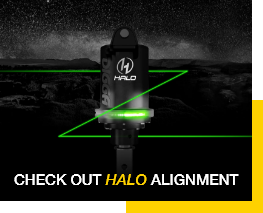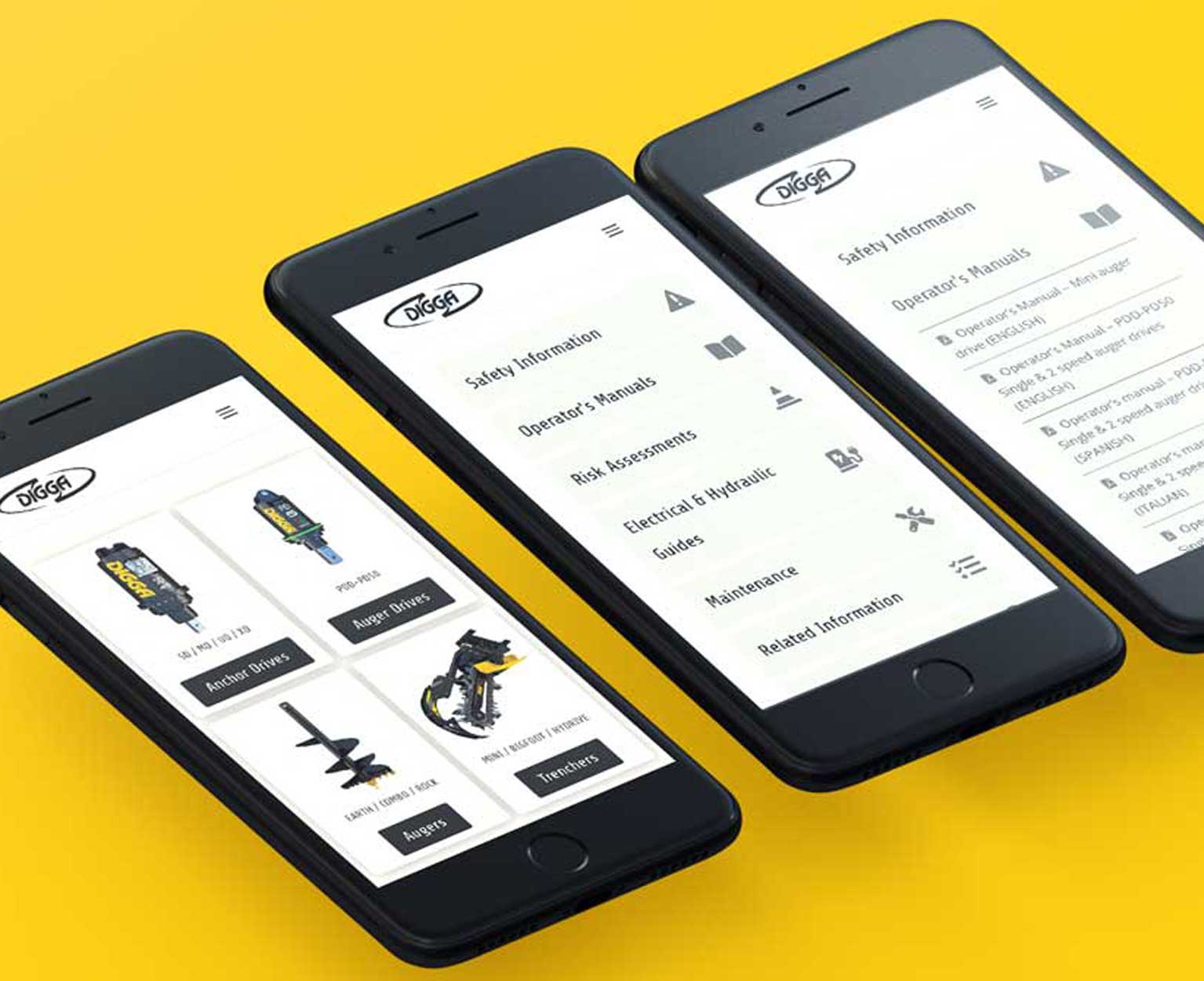INTRODUCTION
Trenchers
The trencher attachment operates using hydraulic power supplied by the host machine. Hydraulic oil flows into the hydraulic motor which converts this flow into mechanical power, driving the planetary gearbox. The motor and gearbox combine to generates the necessary torque to turn the drive shaft, which rotates the drive sprocket. As the sprocket turns, it drives the trencher chain along the boom, and in turn cuts through the ground.
After passing through the motor, the hydraulic oil returns to the machine’s tank before being recirculated—continuing the cycle.
TRENCHER
Frequently Asked Questions (FAQs)
Why would I use a trencher instead of an excavator bucket?
There are a couple of advantages of using a trencher over an excavator bucket:
- When a narrow trench is required 100mm, 150mm, 200mm, you can get a deeper trench, up to 1500mm by using a trencher over an excavator trenching bucket.
- Quite often the spoil that is removed with an excavator trenching bucket is lumpy and unusable for backfill material and as such is needed to be taken away to landfill and soil is then purchased to backfill the trench. With a trencher the spoil that is removed from the trench is deposited next to the cut trench and is in such a form that it can be then re-used to backfill the same trench.
Which trencher best suits my host machine?
This would all depend on what your application requires, i.e. depth of trench, width of trench, expected ground conditions, and what are the hydraulic capabilities of your host machine.
Once our experienced staff have these details, we will be able to offer the various options to you.
What’s the difference between a Bigfoot and a Bigfoot XD trencher?
The first noticeable difference is in the chain size. The Big Foot Trencher (BFT) uses a 1.654” Pitch Chain, whereas the Big Foot XD (BFT2) uses a 2” Pitch Chain. The 2” chain and teeth being larger and are more extreme heavy duty.
The BFT has a maximum chain/trench width of 200mm. The BFT2 has a maximum chain/trench width of 300mm. Given that the BFT2 has larger chain and width capabilities, the power/torque of the BFT2 is increased by 20% over the BFT.
Please refer to our product brochures to determine which model is best suited to your application and host machine.
How deep will my trencher dig?
Our BFT & BFT2 Trenchers have been designed to give you controlled depth options:
- Mini BFT - 450/600/750/900mm.
- BFT (900) - 600/750/900mm.
- BFT XD (900) – 450/600/750/900mm.
- BFT XD (1200) – 600/800/1000/1200mm.
- BFT XD (1500) – 750/1000/1250/1500mm.
The Hydrive and Hydrive XD depth ranges from 0 – 1200mm, all governed/guided by the operator’s experience.
Can I replace the chain with a bigger or smaller chain (width)?
Yes, quite simply by loosening off the chain then locating and removing the joiner pin/link. Roll off the chain complete and replace with your smaller or larger width chain as required. Bring the ends of the chain together and replace the joiner pin/link. Retention the chain to the recommended tension as per operator manual guidelines.
Can I change the chain from Earth to Diggatac (earth to rock)?
Yes, you could manually remove every earth tooth, nut, bolt and spacer of your earth chain and replace these with a complete set of Diggatac teeth, nuts, bolts and spacers to reconfigure to a Diggatac Chain. BUT, given the time and effort required to do this it is far more economically viable to have a second complete chain which can be removed and replaced in a fraction of the time.
Can I buy spare parts for my trencher?
Yes, all Digga Trenchers are manufactured in our company owned facilities, guaranteeing spare parts are readily accessible.
Will the trencher cut through tree roots?
Bear in mind the trencher is not a chain saw, but it will cut through the odd tree root. It will also cut through water, power, phone and data cables, so always consult your local services locator before commencing any trenching work.
Do I run the trencher forward or backwards
When mounted to a SSL or CTL the operator must always operate the trencher in a reverse direction. That is with the top of the chain moving away from the operator and the bottom of the chain coming back towards the operator as it cuts through the soil always while moving the host machine in a slow, controlled reverse direction.
When do I need a Crumber Bar?
Crumber Bars or Scraper Bars are designed to scrape the bottom of the trench behind the chain as the trencher moves/cuts through the soil leaving a smooth flat spoil free trench.
In some cases, such as the laying of irrigation pipes, the installer may require a soft bed of loose soil for the pipe to lay on. This can be achieved by simply folding back the Crumber/Scraper Bar for this application.
NOTE: The danger bar that the Scraper/Crumber Bar is fixed to must NEVER be removed.
Does my tractor or telehandler require a hydrostatic or Vario transmission?
If you wish to mount a trencher on your tractor, telehandler or loader, etc., they MUST always have HYDROSTATIC transmission. There are no tractors, telehandlers or loaders with conventional mechanical gearboxes that can travel slow enough for the effective operation of a trencher attachment. In hard ground conditions you may find the need to be travelling at a rate as slow as 0.075 Klm/h.
What is a hydrostatic drive?
A hydrostatic drive is a type of transmission system that typically uses fluid power, specifically hydraulic fluid, to transfer energy from a pump to a motor, enabling movement in machinery. It is commonly used in equipment like excavators, tractors, skid steers, and Mini loaders, due to its smooth and precise control over speed and torque. a hydrostatic drive is a fluid-based transmission system that excels in providing precise control, durability, and high torque.
What maintenance is required for the trencher?
Mostly all Digga trenchers have a Digga Planetary Gearbox fitted and do require the periodic oil change as most mechanical devises do. Consult your operator manual for direction.
Besides gearbox maintenance it is best practise to periodically check the tension of your chain and of the chain tooth wear. The teeth of the trencher are a wearpart and as such may require replacement. Your operator manual has a guide on the loss of efficiency of the chain’s performance relevant to the tooth wear.
Does the trencher chain self-tension if it comes loose?
No, the trencher chain will require the operator to physically tension the chain as required. All tooling for this is supplied on the trencher and only takes a few minutes to complete. Your operator manual has a guide on best practise for correct chain tension.
Still got questions?
We're here to help. Whether you have general enquiries, questions about our product range, want to find your nearest dealer, or are ready to order - contact us today.
 +44 (0) 1488 688 550
+44 (0) 1488 688 550
Call Us
 infouk@digga.com
infouk@digga.com
Email Us




